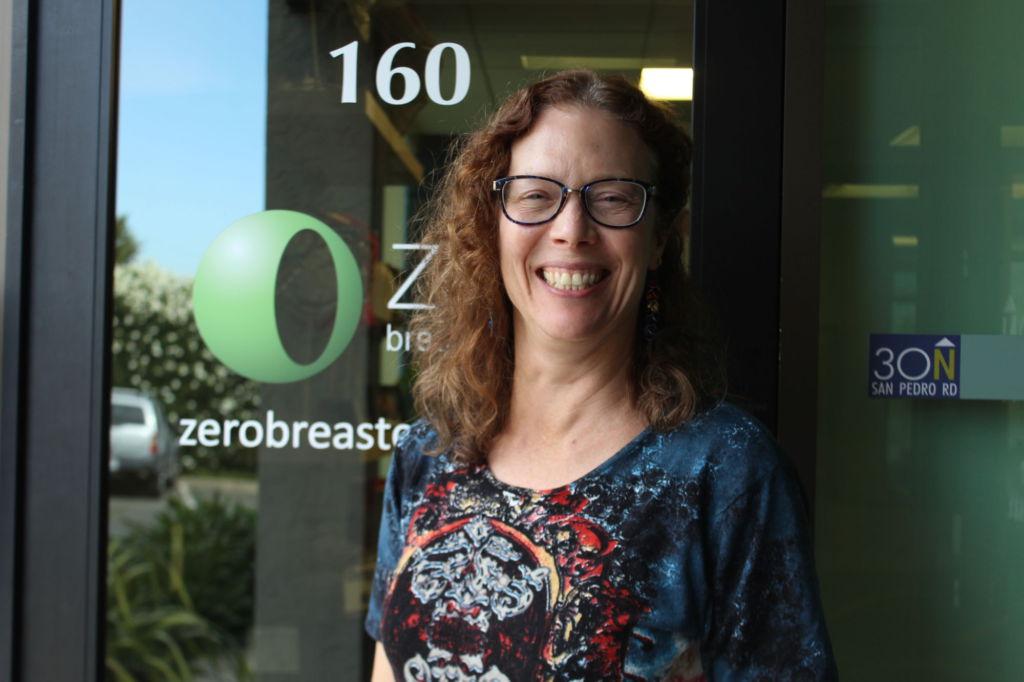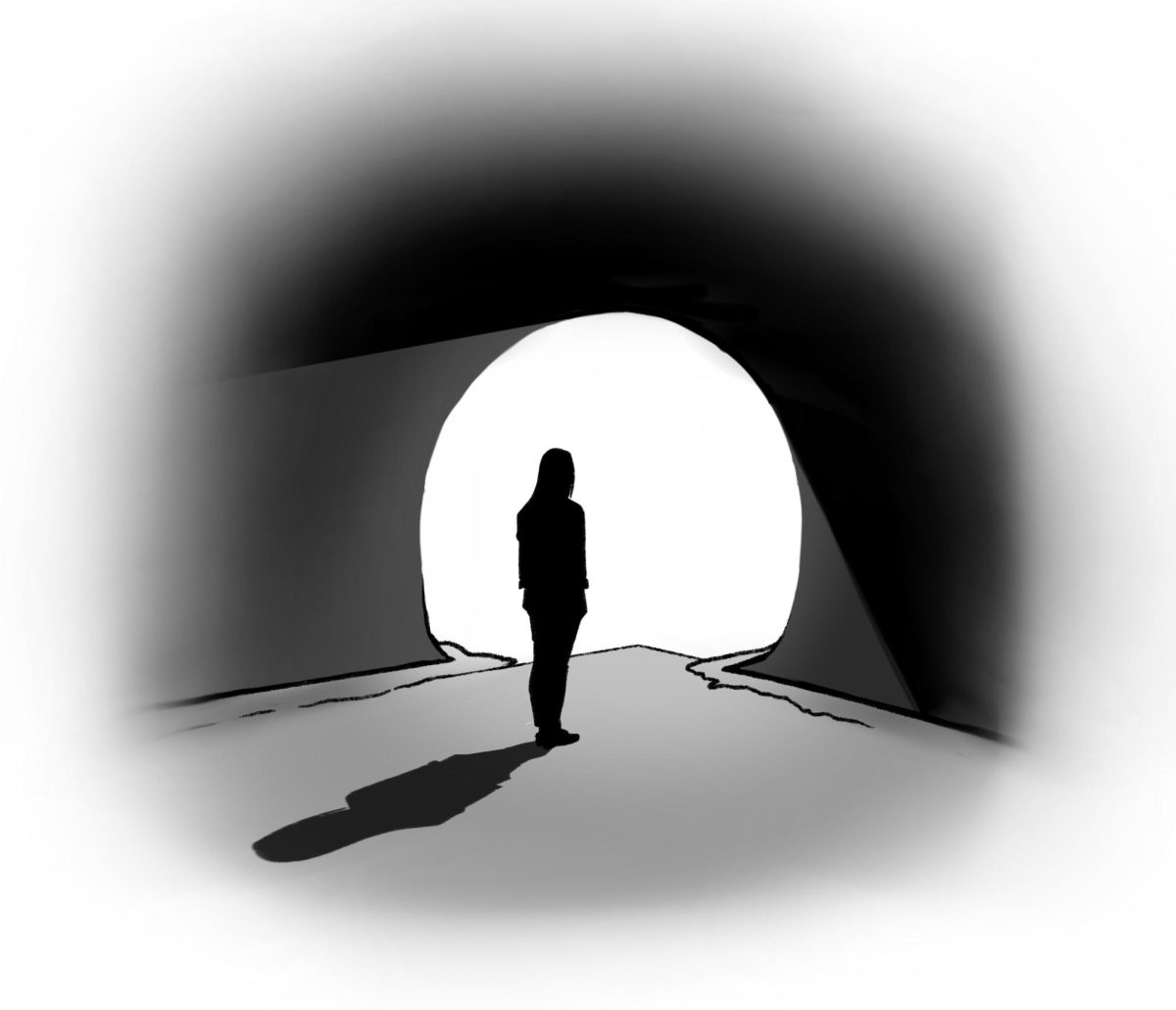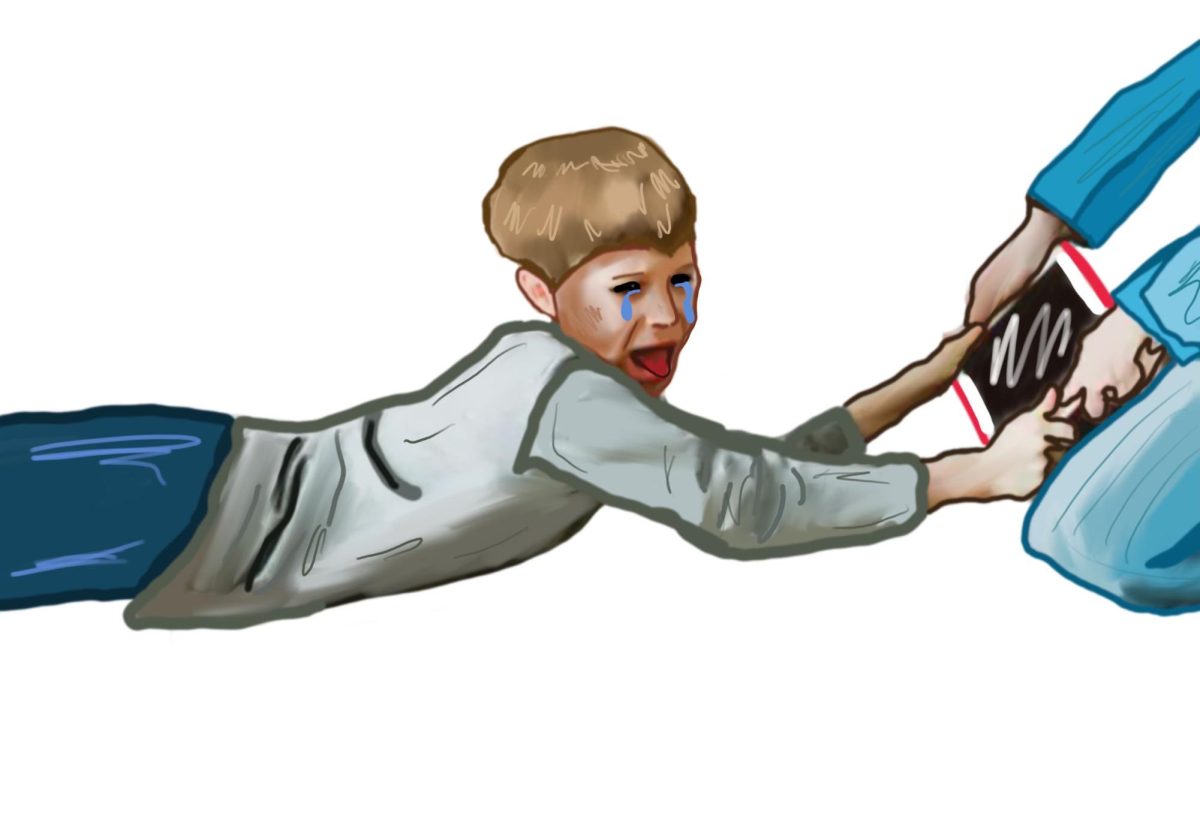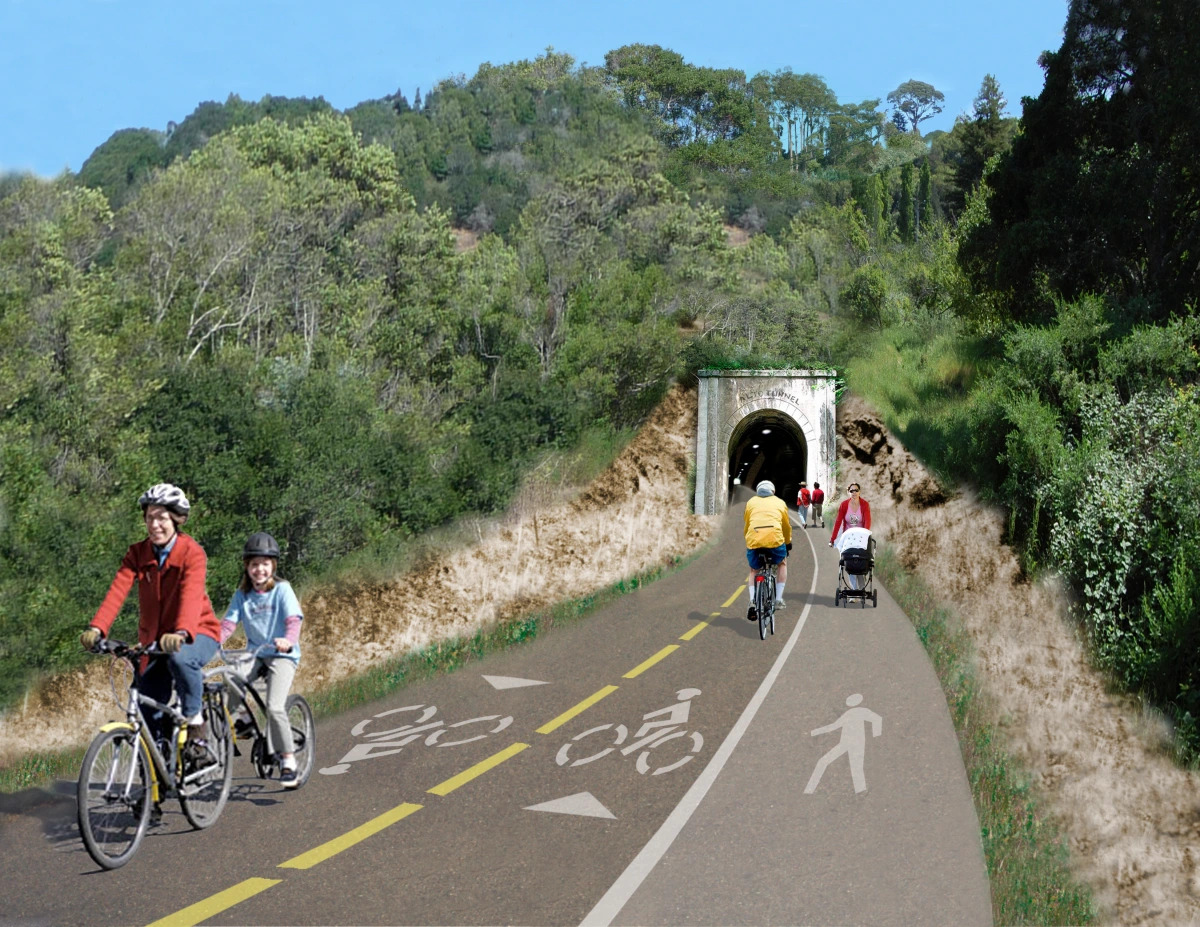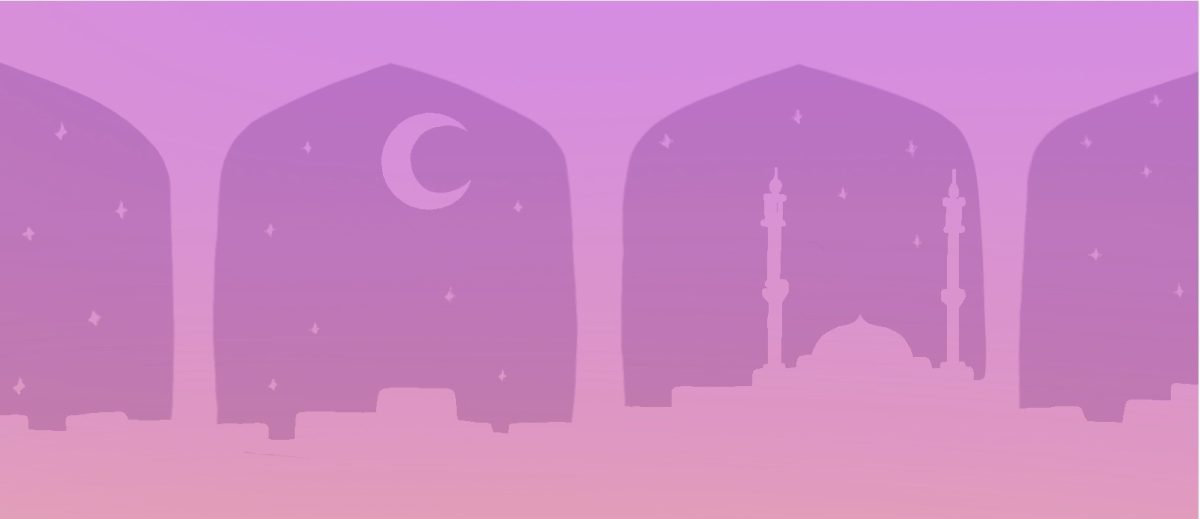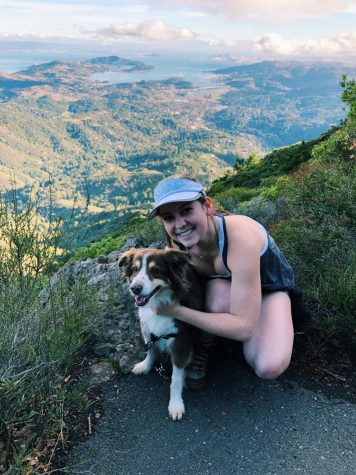As “Deb,” a local parent who preferred to remain anonymous, walks into the hospital waiting room to receive her annual mammogram check up, the room is already abuzz with women anxiously awaiting their test results for the same evaluation. Scanning the room, “Deb” questions an underlying trend she has noticed over her past few appointments – why are so many women taking precautions regarding breast cancer in Marin?
Among Marin’s natural beauty, affluence and healthy lifestyle lies a puzzling issue that scientists and researchers have been battling for decades. For years on end, the county has been encompassed with unusually high breast cancer rates, particularly among the white population of women. These rates were once the highest in the world, yet in recent years have fallen to their lowest level since the 1990s according to the Northern California Cancer Center (NCCC).
Scientists and researchers have been struggling for decades, attempting to find an explanation for the phenomenon. Why would Marin County, consistently ranked as one of the healthiest counties in California (according to surveys conducted by Niche), have such an astonishingly high rate of breast cancer?
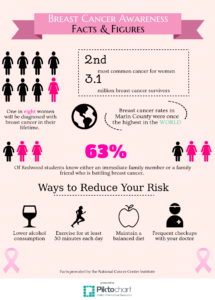
To further investigate these studies, researchers are examining the sudden drop by looking at environmental factors among other variables such as age, alcohol intake and family inheritance of the cancer-causing gene. These factors have been found to affect one’s risk of developing breast cancer, according to the NCCC.
Women in Marin tend to have children at a later age, and have a higher alcohol consumption as compared to other rates across the United States, according to the NCCC. White women are at a slightly higher risk of developing the cancer than women of other races and ethnicities as well. Although multiple risk factors have been assessed, researchers are still unable to pinpoint a single explanation for the issue.
Kristin Mauro, a parent in the Tamalpais Union school district and former breast cancer patient, remains puzzled about Marin’s high rates as she had no genetic correlation or increased risk factors to the gene.
“I had kids at a younger age, I lead a pretty healthy lifestyle, I don’t have any history in my family of it. You can’t explain it. Everyone is so healthy and outdoorsy in Marin,” Mauro said.
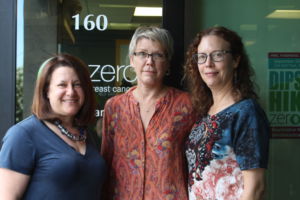
Multiple organizations in Marin devote their studies to finding an explanation for the peculiar occurrence as well as developing more research within the field. Zero Breast Cancer, a non-profit organization in San Rafael, was founded in 1996, when breast cancer rates in Marin were the highest in the world.
The main focus of Zero Breast Cancer is assisting the prevention of breast cancer development by reaching out to the community. Catherine Thomsen, Program Director at the organization, coordinates many events and programs that connect the business to the community.
“We reach out to children and adolescents through our education programs…and we also have general education materials for adults,” Thomsen said. “We also have another program for breast cancer survivors to help them adopt healthy behaviors so they can reduce their risk of getting breast cancer again.”
Through the educational materials offered by Zero Breast Cancer, Thomsen hopes her organization can help the survivors in their mental recovery as most organizations are focused solely on the research aspect of the cancer.
“No one really pays attention to the mental health side of things. And it’s something that, among a bunch of us survivors, needs to be more widely recognized. Living with [breast cancer], the trauma of it, there is not enough resources. It’s like a silent suffering,” Mauro said.
In addition to providing useful information to the community about breast cancer risks and prevention strategies, Zero Breast Cancer also works in conjunction with organizations in and around the Bay Area to examine why rates have dropped suddenly in the past few years.
Since 1988, the death rate from breast cancer has dropped 65 percent as compared to rates from 2015, according to the NCCC. There is still no direct scientific explanation for Marin’s unusual rates.
“The last data that we have shows that the rates in Marin are more inline with that of the rest of the country. We still think that the rates should be a lot lower. At least we aren’t as high as past years, but we still have work to do to get people’s risks down,” Thomsen said.
Although rates have dropped significantly, the detrimental effects of breast cancer continually take their toll on the local communities. “Deb” has more than six friends who have had, or continue to battle, the cancer.
“It helps for breast cancer survivors to talk about their experiences to support each other. Medicine has come a long way and the outcomes for many women are excellent nowadays,” “Deb” said. “Hopefully women take better care of themselves and get annual checkups so that problems are caught early.”
Breast cancer not only takes a toll on a person’s health, but their economic situation as well. In the first year of treatment, the average medical cost per breast cancer patient is $85,772 according to the American Health Association. According to the Harvard School of Public health, 33 percent of cancer patients have trouble paying medical bills. As a result, 43 percent report skipping treatments because of the high cost.
Despite Marin’s predominantly affluent community, ranking as the eighth most wealthy county in America according to U.S Census Bureau data, financial struggles still persist as treatment is costly, especially for patients not fully covered by insurance.
“There are so many women who can’t afford the care and it’s heartbreaking. When you really start to get to know some of these women going through the cancer, they don’t have any money. They’re struggling to even pay rent and childcare, and it’s even worse if you are single. It affects everyone, whether you are white or black or hispanic or whatever, ” Mauro said.
The National Cancer Institute (NCI) estimates that 12.8 percent of all women will develop breast cancer at some point in their lifetime. Yet, according to Redwood data from 2015, 63 percent of students know either an immediate family member or a family friend that has had or continues to have breast cancer. Although rates have dropped in past years, breast cancer is still a prevalent issue within the county.
Remaining physically inactive, drinking excess alcoholic beverages and taking estrogen can all increase one’s risk of obtaining breast cancer, according to the NCI. A group of scientists from UC San Francisco (UCSF) found that women in Marin will usually consume up to two alcoholic drinks a day. Women who consume two to five drinks daily have about one and a half times the risk of getting breast cancer compared to those who don’t drink at all.
In addition, rates of the disease are higher among women who have their first child later in the
ir lives, over age 40, characteristics often found among affluent women according to a UCSF study.
“A lot of the women who I know have had [breast cancer] have been mothers a little later in life. Certainly years ago when I was born mothers had their children earlier, in their 20s. Most of my friends now had their kids in their 30s or 40s,” “Deb” said.
Although organizations continue to conduct research and educate the public about the effects and risk factors of breast cancer, Mauro believes there is still not enough work being done in and around Marin to assist survivors with the after-care mental health process.
“The after care is not enough. You just get left wondering, how do I return to a regular life after having [breast cancer] when you have no hair, no eyebrows and no eyelashes? Your hormones are crazy, you are depressed, you are crying all the time. You are just sort of on your own,” Mauro said.
As the search for a plausible explanation of Marin’s fluctuating breast cancer rates continues, organizations and scientists alike are continuing their efforts in hopes of seeing the trend of lower breast cancer rates continue until the issue can be cleared entirely.






